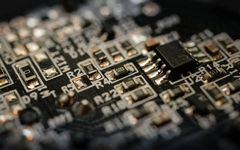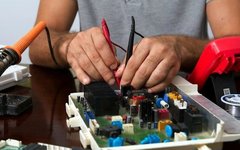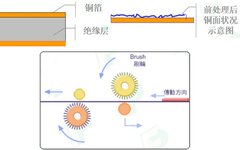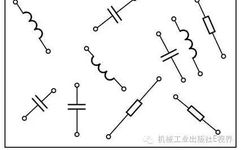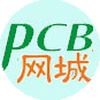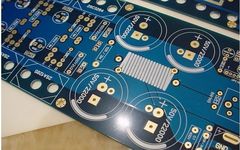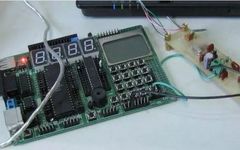Understanding ADC Types and Quantization Mechanisms
An Analog-to-Digital Converter (ADC) is primarily used to convert continuously transmitted analog signals into digital signals, facilitating rapid processing and analysis of transmitted information by digital systems (such as CPUs and MCUs). Generally speaking, the different quantization mechanisms of ADCs are one of the key factors determining the complexity and performance of ADC design, as … Read more
